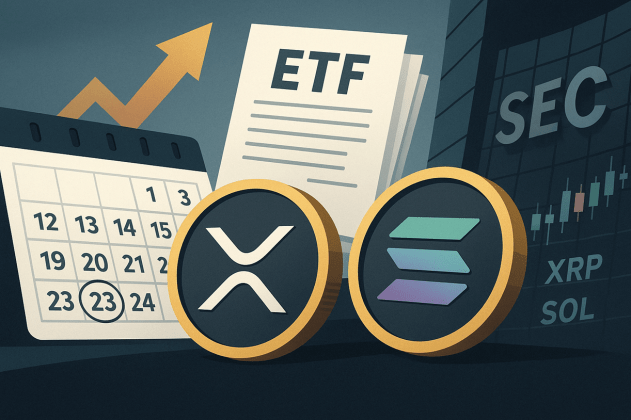In the early days of Bitcoin, miners were rewarded for finding new blocks and confirming transactions. They simply picked the transactions with the highest fees and added them to their blocks.
But as blockchain technology evolved, things got more complex. Smart contracts and DeFi (Decentralized Finance) opened up new ways for miners to make money. They realized they could manipulate transactions to their advantage, earning extra profits. This is called MEV (Maximal Extractable Value).
The History of MEV
The idea of exploiting transactions for profit was around even before Ethereum launched. People noticed that they could sneak in small transactions ahead of larger ones, buying assets at a lower price before the larger transactions drove the price up.
The term “MEV” was coined in 2019 after a research paper called “Flash Boys 2.0” highlighted this issue.
How MEV Works
Imagine you’re trying to earn money by taking advantage of a new opportunity on a blockchain platform. You submit your transaction, but someone else jumps ahead of you, using a similar transaction to steal the reward.
This is possible because there are programs that analyze transactions and automatically modify them to benefit their creators. They can even copy your transaction and send it ahead of you, a technique called frontrunning.
Types of MEV Attacks
There are several ways MEV can be used to exploit transactions:
- Arbitrage: Miners can profit from price differences between different platforms. They buy assets on one platform and sell them on another, taking advantage of the price gap. This can actually be beneficial for the market, as it helps keep prices consistent across different exchanges.
- Frontrunning: An attacker sends a transaction ahead of yours, taking advantage of your transaction to make a profit. For example, they might buy a token just before you do, driving up the price and then selling it to you at a higher price.
- Backrunning: Similar to frontrunning, but the attacker sends their transaction immediately after yours. This can be used to buy a token right after it’s launched, before the price goes up.
- Sandwich Attack: This combines frontrunning and backrunning. The attacker sends two transactions, one before and one after yours. They can then manipulate the price to their advantage and profit from your transaction.
- Liquidation: Lending protocols allow users to liquidate positions, earning a profit. Attackers can race to be the first to liquidate a position, stealing the reward from other users.
Preventing MEV
MEV can be a real problem for blockchain users, as it can lead to higher fees and unpredictable outcomes.
The Flashbots system is a popular solution to combat MEV. It creates an open auction for transactions, allowing users to bid for priority in the block. This helps to reduce the impact of MEV and make transactions more predictable.
Conclusion
MEV is a complex issue that highlights the vulnerabilities of decentralized blockchain systems. It’s important to understand how MEV works to protect yourself from these attacks.
While it can be a challenge, solutions like Flashbots are being developed to address these issues and create a more secure and fair blockchain ecosystem.







